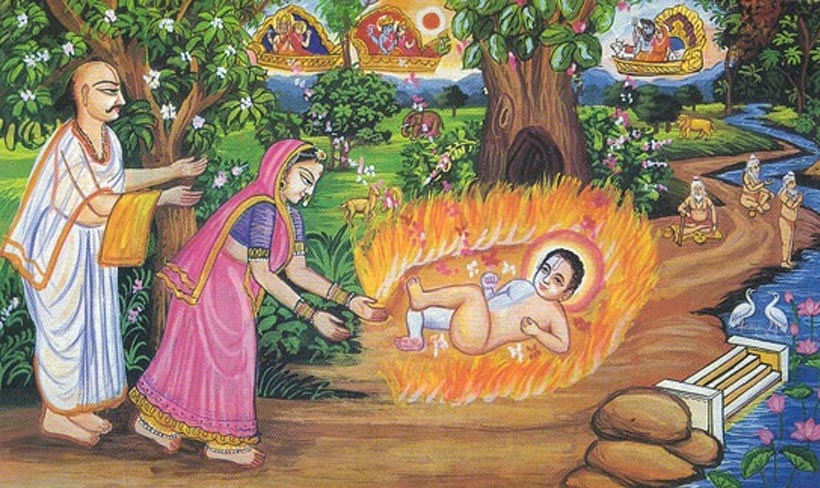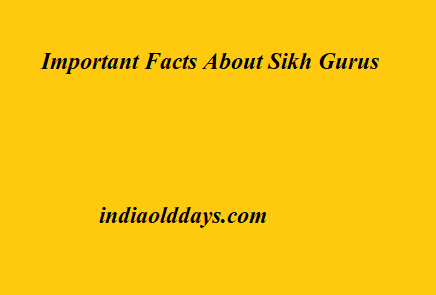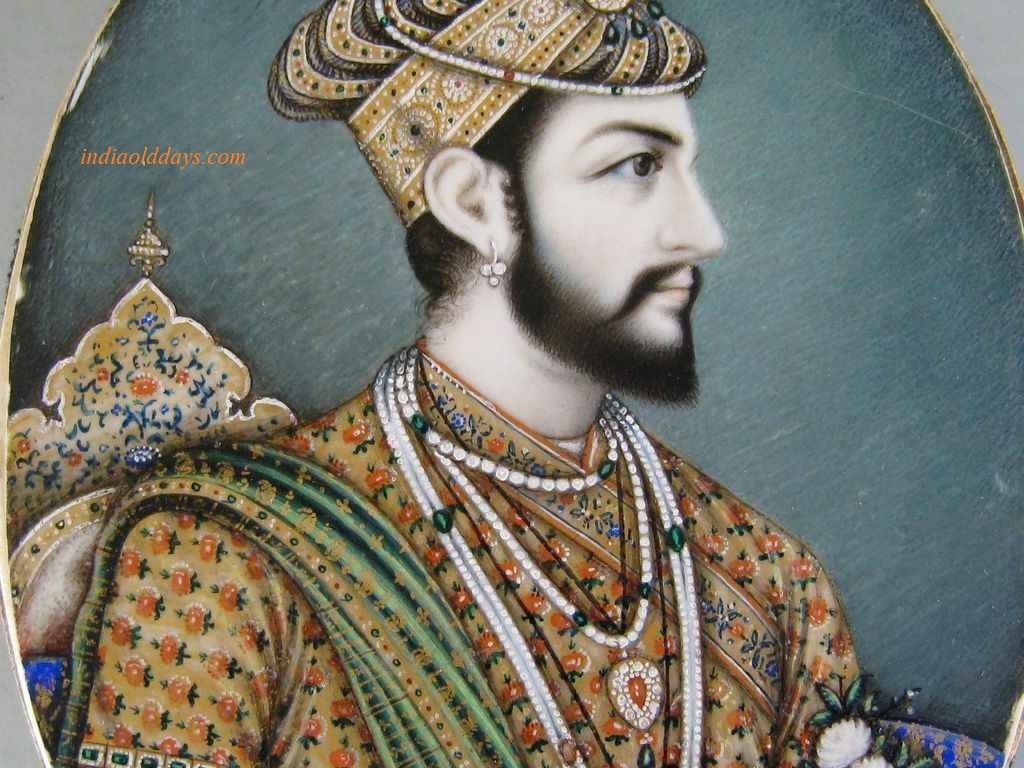Why was the Bhakti movement in Maharashtra

Bhakti movement in Maharashtr-Bhakti movement was an important occasion in the cultural history of medieval India. It was a muted revolution. In this era, social-religious reformers propagated godly devotion in various ways in the society.
Ramanuja Acharya was the initial exponent of the Bhakti movement.
Sant Ramanand who brought the Bhakti movement in South India from South India
Characteristics of Bhakti movement-
The notion of devotion is the true allegiance to Ekeshwar.
Bhakti sect abandoned rituals and sacrifices as a way of worship.
Bhakti movement was the egalitarian movement which totally prohibited discrimination based on caste or religion.
Bhakti saints preached in the general language (regional language) of the public, due to which the development of Hindi, Marathi, Bengali and Gujarati languages was developed.
The basic principles of the Bhakti movement are very similar to the teachings of Rafi saints.
This Movement Modulator was spread across entire South Asia (Indian subcontinent).
It lasted for a long time.
It has been represented in all sections of society (lower castes, upper castes, men and women, unionists, Sikhs, Muslims etc.)
Bhakti movement in Maharashtra-
In the development and popularity of the medieval Bhakti movement, the saints of Maharashtra have an important contribution. In Maharashtra, the Bhakti sect was centered around the temple of Vithal or Vithal, the chief deity of Pardhrapur, so this movement is famous as the Patherhpur movement.
Bhakti Movement started with Alvars and Nayanars in South India. The leader of the Bhakti movement in the south was Shankaracharya, a great thinker and well-known philosopher. Chaitanya Mahaprabhu, Namdev, Tukaram, Jaydev have been a major contributor to Bhakti Andalon. The main achievement of the Bhakti movement was to eliminate idol worship.
Ramanand, the leader of the Bhakti movement, concentrated it with taking Ram as God. He taught that Lord Ram is the supreme God and only salvation through his love and devotion and salvation of his holy name was repeated. is.
The Bhakti movement of Maharashtra was mainly divided into two sects -1.) The first sect of mysticism is Barkaris (the gentle devotees of Vitthal Bhagwan of Paderhpur and 2.) The second sect is the Dharkar sect or the devotee of Lord Rama. The followers of the community give themselves Ramadas.
There were three great gurus of Dnyaneshwar or Gyanadev, Namdev and Tukaram of Bithova cult.
Nivittnath and Dnyaneshwar were the founders of the mystical community in Maharashtra. The community flourished further and took different forms in the hands of Namdev, Eknath and Tukaram.
Results of Bhakti movement-
Through the Bhakti movement, Hinduism fought against the propaganda, insurgency and political interference of Islam.
The Bhakti movement also influenced Islam. The people came out of rituals and idol worship and superstitions.
Major saints-
Dnyaneshwar or Gyanadev – the rise of the devotee of Maharaj Saint Sant Dnyaneshwar 13 V. Shataba Happened in. He wrote a commentary on Bhagvadgita in Marathi language called Abhyudya, which is compiled in the best mystical works of the world. He expresses his thoughts and ideals in Marathi language. His other compositions are: Amratanbhav and Changdeo Prashasti.
Namdev- Namdev was born in a tailor’s family. In my early life, these robbers were. They were the ultimate devotees of Bithoba in Partharpur. He had a major role in establishing the glorious tradition of famous ideology in the form of Barakari sect. Some of his lyrical verses are compiled in the Guru Granth Sahib. He composed some devotional Marathi songs, which are called the songs sung in praise of Abhanga (Abhang Vithal or Vithoba). In the 13th century, the saints of Maharashtra’s Warakari community sing songs in regional language, They are known as Abhang.) Namdev had said – “A stone is worshiped, the other is trampled under the feet. Wan, the other one God. “Namdev traveled far and wide and also participated in the debates of Sufi saints in Delhi.
Eknath- He was born in Paithan (Aurangabad). They did not discriminate between caste and religion. There was no limit to their sympathy. He immersed the sacred water Godavari brought from far away to the worship of Lord, who was dying from thirst. For the first time, he published a reliable version of Dnyaneshwari. He was a multicultural writer and his commentary on the four verses of the Bhagavad Gita is famous. Always Kirtan (devotional songs) was their routine.
Tukaram – Tukaram Shudra was born and was contemporary of Shivaji. They refused to accept the gift of priceless gifts given by Shivaji. Their teachings are stored in the form of abhangas, whose number was in thousands. Tukaram stressed on Hindu unity and established the Barkari sect.
Ramadoss – born in 1608 AD Happened in. He traveled all over India for 12 years and eventually settled near Chafal on the banks of Krishna river, where he established a temple. It was the spiritual teacher of Shivaji. In his most important composition, Dasbod has presented his detailed knowledge of various sciences and arts with the coordinative principle of spiritual life.
Shankardev (1449-1568 AD) – This was the greatest religious reformer of medieval Assam. The message of Vishnu or his incarnation centered on complete devotion towards Krishna. Monotheism is the essence of their teachings. The community established by them is famous as a refugee community. They did not recognize female aides of supreme God (such as Lakshmi, Radha, Sita etc). In the Shankardev’s denomination, Bhagwat Purana or Shrimad Bhagwat honored devotedly on the altar of the temples of the Sampradaya like the Granth Sahib in the Gurdwaras. Shankar was against both idol worship and rituals. This alone was the Krishna Vaishnava saint who was opposed to the worship of Krishna in the form of idol. Their religion is commonly known as Maha Purusha Dharma.
Narasi (Narasimha) Mehta – Narsi Mehta was a famous saint of Gujarat. He portrayed the love of Radha and Krishna and composed songs in Gujarati. These songs have been compiled in Surat Sangram. Mahatma Gandhi’s favorite hymn, Vaishnavajan, then he said that Narsi Mehta was a raytayeta.
Reference:https://www.indiaolddays.com/





